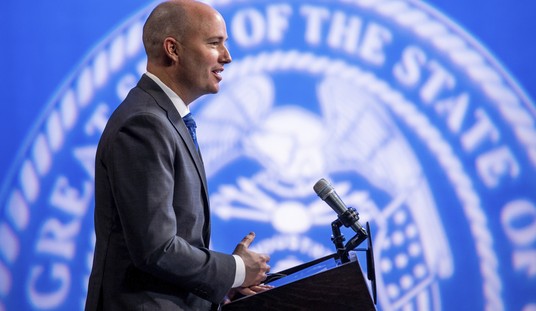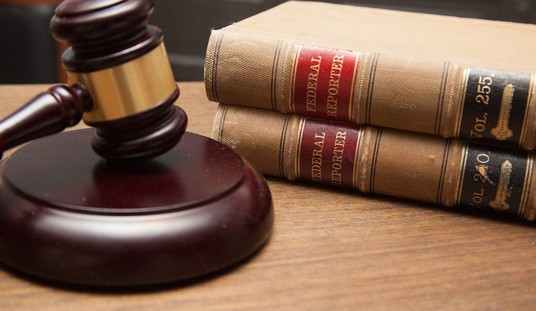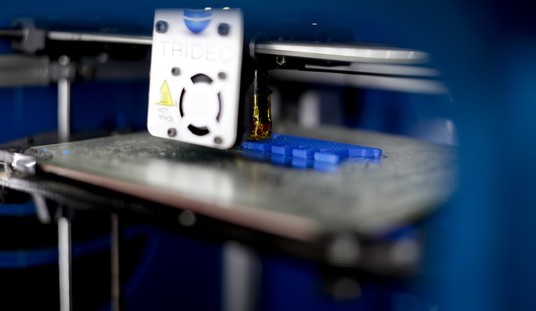The Los Angeles Times Editorial Board (full disclosure: I contribute op-eds to the Times on occasion) is asking most of the right questions about the use of police body cameras, and how footage from those cameras should be released to the public.
Now that the Los Angeles Police Department — and law enforcement agencies across the state and country — are requiring officers to wear video cameras appended to their uniforms when they’re on duty, officials are grappling with whether, how and when the footage should be made public.
Should all body camera video be posted online, as the Seattle police department does? Should it be released only in cases of officer-involved shootings or high-profile use-of-force cases? Should release be delayed for two months, as one state legislator suggests? Should police chiefs decide when to release it or should independent commissions be created to make the call? Should the state set rules, or should each law enforcement agency come up with its own policy?
These are difficult questions, and in answering them, officials must balance the needs of law enforcement, the right to privacy, the desire for accountability and the public’s right to know.
We post a considerable amount of video of violent encounters here at Bearing Arms. We believe that seeing real-life encounters captured by cameras—whether they are police-issued or owned by private citizens—can be very beneficial to understanding the tool of violence… but the relevance of video comes with caveats.
Video is only useful if the persons watching the video have enough education and training to understand precisely what it is they’re watching, in context, and if they can override personal biases.
Time and again, we’ve noticed a pattern when we post videos. People will process the information in these videos and then “see” it in the context of their knowledge base, preconceptions, and biases.
This is why we can post a video and have radically differing opinions on what it shows from different groups. Soldiers and Marines who were trained to respond to certain cues and rules of engagement often have very different opinions than those of law enforcement officers. Law enforcement officers have completely different weapons, armor, support assets, training and rules of engagement for domestic street survival. John Q. Public, with neither military or police training, and typically having next to no context in which to understand the subtle cues that typically presage a deadly force encounter, then end up viewing these same videos from a position of deep ignorance, and fill in the blanks in such a way as to validate their world views. To paraphrase President Reagan, they aren’t lying or being intentionally dishonest, they just “know” so much that isn’t true.
Let me provide you with an example ripped from today’s news.
Freddy Centeno was a 40-year-old Hispanic male shot in an encounter with two Fresno (California) Police officers last September. The shooting of Mr. Centeno was captured on the body cameras of the two officers, which advocates of police cameras would suggest would “tell the truth” about the shooting.
The video was just released, but who’s truth does it show?
Left-leaning anti-police Raw Story writer Arturo Garcia claims that the video debunks police allegations of a justified shooting. Garcia does not see Centeno reach into his pocket and withdraw a black gun-shaped item. At Photography Is Not A Crime, equally anti-cop Ben Keller complained officers were in “comply or die“mode and didn’t give Centeno a chance to surrender. Brain Doherty at libertarian Reason likewise can’t see justification for the officers to shoot.
These three men have no professional defensive handgun training that I’m aware of, but do have strong and obvious anti-police biases shaping what they can allow themselves to comprehend.
I come at the exact same video from a more educated perspective than Garcia, Keller, and Doherty.
While I’m also a writer, I have the benefit of having numerous professional defensive handgun classes under my belt. I’ve been taught to look for specific traits, postures, behaviors, and pre-attack cues that people who have not had that training would likely miss. I’m not claiming to be smarter than these three journalists, but I do have much more relevant training in this specific area of human interaction. I simply see things they overlooked, such as the moment Centeno squared up to the officers, reached into his pocket, and withdrew a black gun-shaped object. It is shown clearly in his right hand in the freeze-frame below. He tensed his upper body as if to raise the object, and the officers shot him until he was no longer a threat.
Drawing an apparent weapon as these officers did as they responded to a very detailed “man with a gun” call is all the justification that anyone would need to justify the use of deadly force.
It was only later, after he had been shot, that the officers discovered that Centeno was inexplicably carrying a hose nozzle around and pointing it at terrified people.
Relying on my training, it seemed clear to me that the officers had the legal, moral, and ethical justification to fire upon Centeno based upon his behavior.
If you have political biases, and either very different training or no training at all, you might see something different.
Here is the video of the Centeno shooting, including the actions of the Fresno officers explained by Police Chief Jerry Dyer.
Body cameras and dash cameras are not a magic solution that will end controversy about officer involved shootings.
All they are going to do is provide another mechanism for people to push their own agendas, based upon what they want to see.










Join the conversation as a VIP Member